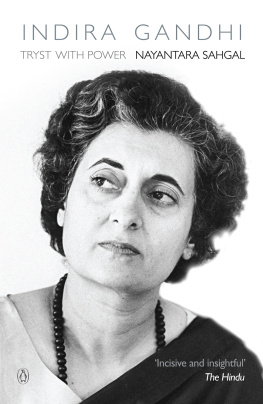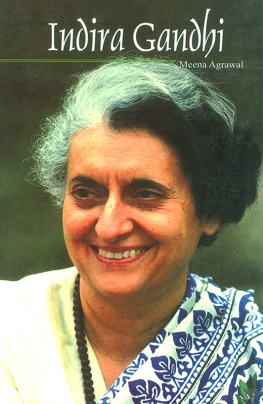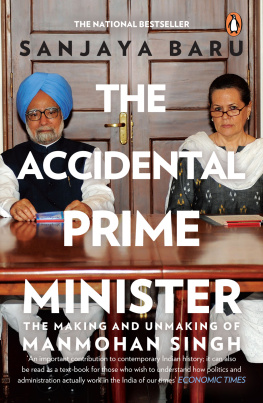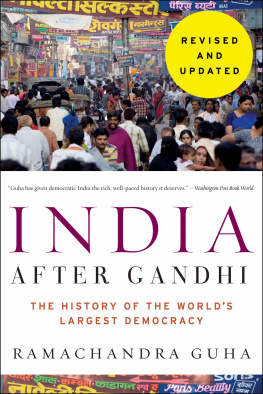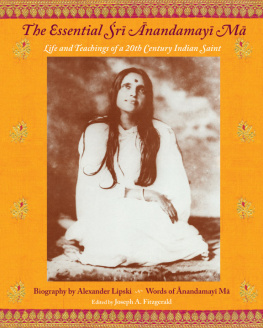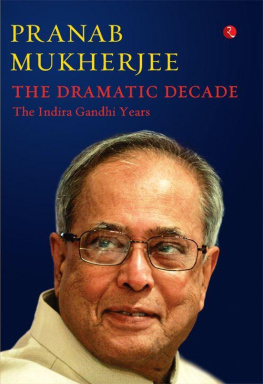Authors Note
THERES A MAJOR square in South Mumbaia busy intersection, reallythat mirrors the open, secular and trusting society that India has always been.
In and around the square, there are small haberdasheries run by Hindus and groceries owned by Muslims; theres a Parsi fire temple; theres a Catholic church; theres a theatre that exhibits brash foreign films, and another one that features Bollywood fare. There are tiny eateries that offer everything from samosas to sandwiches. There are cobblers parked on pavements; there are tailors perched on the patios of dilapidated but crowded tenements, and there are bookstores and magazine kiosks.
This square, like many others across this metropolis of nearly 20 million people, is a microcosm of Mumbai, Indias commercial capital and its most cosmopolitan and ethnically diverse city. I like to think that this square is Mumbais crossroads; I even like to think that this square is Indias crossroads.
I like to think these things not only because the squarecalled chowk in the Marathi language thats widely spoken in Mumbaiis named after my late mother, Professor Charusheela Gupte. She was a Marathi and Sanskrit scholar, a writer and a social activist who championed the cause of literacy and economic opportunities for the dispossessed. During her lifetime, she witnessed the transformation of India from a colony of the British Raj to an independent democracy. She spoke up for people who neither had the voice in public discourse, nor even the opportunity to advance beyond subsistence. She spoke from her heart because she herself had risen from poverty to reach the highest levels of intellectual and social attainment.
My mother is long gone nowshe died in 1985, almost exactly a year after Indira Gandhis assassinationbut I like to think that the square named in her honour still resonates with the spirit that animated her lifethe spirit of openness, secularism and trust that resides in the hearts of most Indians, regardless of their faith or ethnicity. This belief, however, has been tested severely in recent years.
The square thats named after Charusheela Gupte is not very far from the parts of Mumbai where Pakistan-trained terrorists killed innocent men and women and shut down the city in November 2008. My mother and my late father, Balkrishna Gupte, would have never anticipated that terrorism would strike the old and hauntingly beautiful city they loved. But the world we live in is more terrifying and more unforgiving than the one my parents inhabited. Since the early 1990s, Mumbai and indeed India have been shaken repeatedly by terrorist attacks.
It is not that communalism, ethnic friction and violence were nonexistent during my parents lifetime. But the global clash of civilizations, the politics of hate and the cynicism and venom that are concomitant today simply didnt exist in the world that they knew. The age of confrontation is here now, perhaps irreversibly so.
My parents, like many idealists and leaders of their time, believed that while people may have been born to different cultures, they were joined by the bonds of the soul, and that there was space in our world for everyone. Indira Gandhi belonged to a dynasty that subscribed to such a belief. But, ironically, her own reign as Indias leading political figure was also the time when the old certainties and idealism began to fade. She died before the age of terrorism as we know it now had really bloomedas though that were the word to usebut there are those who argue that her rule-by-diktat and her political intolerance spawned terrorism in India.
Be that as it may, when I first set out to write a political biography of Indira, roughly two decades ago, the sort of terrorism that afflicts so much of the world was still nascent. I wanted to write an unconventional book about Indira Gandhipart biography, part personal history of the author and part political assessment of contemporary India as it lurched into the next century.
That new century has arrived, and 31 October 2009 will mark the twenty-fifth anniversary of the assassination of Indira Gandhi. In this revised edition that will be released on the occasion, I have introduced dozens of Indians whose lives were directly touched by Indira Gandhi, for better or for worse, people in leadership positions as well as from everyday walks of life. Rajiv Gandhi, who succeeded his mother as Indias prime minister in 1984 and who was assassinated on 21 May 1991, appears here, too. Although Rajiv was nowhere near the major figure that Indira was, his death removed from the Indian political scene a genuine national leader who could have sustained the Nehru-Gandhi political dynasty well into the twenty-first century.
That dynasty has dominated Indias national lifeand consciousnessfor much of an extraordinary century, almost from the start of the twentieth century. Now the standard bearers of the Nehru-Gandhi dynasty are Rajivs Italian-born widow, Sonia, and her son Rahul and daughter Priyanka, arguably the most powerful triumvirate in contemporary India. Both Rahul and Priyanka were very young when Indira was killed, but Sonia was close to Indirafar closer than the other daughter-in-law in the family, Maneka Gandhi, who was married to Indiras younger son Sanjay. Maneka had a falling out with Indira after Sanjays death in a flying accident, and she and Sonia are barely on speaking terms. Theres always drama in India, in families and in the polity.
This book is based partly on my reportage for previous works relating to India, where I was born and raised. It owes its provenance to those earlier books, of course, and therefore represents a continuum. Much of the material here, however, draws on fresh reporting and analysis in India, the United States and the West, and the Third World at large. The story of India is one of continuity yet change, and I have tried to record this in the book. I might add that recent developments in the subcontinentsuch as the emergence of India as an economic superpowerhave been so dramatic that any author attempting to keep abreast of these changes is left dazed, dazzled, and sometimes even depressed.
This book is intended for general readers who wish to learn something of the contemporary history of the Indian subcontinent. It will be obvious to India specialists that a lot of what I have to say on Indira Gandhi and on India is based on the research of others. I have tried to relay the key facts, and to interpret them, often in the light of what others have written. Indira Gandhis life covered such a huge span of modern Indian history that any biographer is forced to be highly selective about which events to include and highlight.




